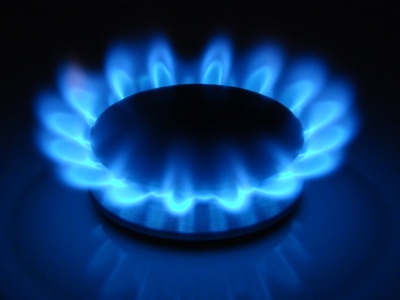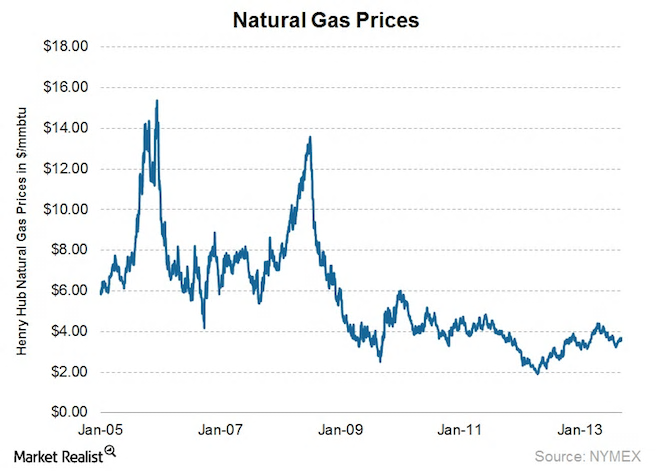Environmentalists around the world are bemoaning the recent popularity of hydraulic fracturing, or “fracking” as it has become known, as it is a process that forces a slurry of chemicals underground to break up geologic formations containing fossil fuel deposits, ranging from natural gas to good old-fashioned black gold.

Despite the fact that the process was introduced in its current form, more or less, in 1947, its full effect on the environment is relatively unknown. But its detractors point to increased seismic activity, groundwater contamination, and the seepage of fracking chemicals to the surface.
Oddly enough, while environmentalists have taken a hard stance against the potentially dangerous extraction technique, a look at the larger picture shows that fracking has actually lent a hand to other green-friendly campaigns, namely the mass exodus of power producers from coal to natural gas. Although there is a myriad of reasons for natural gas’ recent explosion in popularity, new production techniques including hydraulic fracturing is primarily responsible.
The Rise of Natural Gas for Homes
Before the economic collapse in 2008 spurred by the mass proliferation of nonprime mortgage trading, coal-burning power plants were the primary method of producing electricity in the United States as natural gas was an extremely volatile commodity. It generally traded for multiple times what a comparable amount of coal would.
In what ended up being a perfect storm for the coal industry, the economic meltdown inherently depressed all fuel prices and the unpredictable market forced many fuel producers to look at more economical extraction methods which led to fracking. Fracking allowed producers to withdraw natural gas and oil from deposits that were previously overlooked and drastically increased domestic production of both oil and natural gas.

Yet, natural gas’ continued dominance of the energy market is not simply a result of economic factors, but an intricate web of political and environmental considerations as well.
Natural Gas for the Environment
No American can ignore the climate change debate and it has become a focal point of the environmental movement. Despite one’s leanings on the issue, numerous peer-reviewed studies have shown that burning natural gas produces nearly half as much carbon dioxide as coal.
In fact, the natural gas boom has actually contributed to a 3.8% reduction in carbon emissions from 2011 to 2012 which has led the United States government to pass legislation that encouraged utility companies to close their “dirty” coal-fueled power plants and replace them with natural gas plants, such as Kentucky Power Company’s recent announcement that they are converting their “Big Sandy” coal power plant to natural gas. The former gas wells created by the fracking process are also being converted recently into underground natural gas storage, as opposed to spending millions of dollars to create mechanical storage units.
The Environmental Protection Agency (EPA) and President Obama have made it one of their priorities to decrease the use of coal in the United States and numerous regulations have been passed or amended to provide companies with incentives for switching and penalties for staying with coal. Market Realist states:
“regulations around pollution and emissions have provided a strong incentive for US power companies to redirect portfolios more towards natural gas and away from coal, both through shutting down existing coal plants and favoring natural gas when proposing new plant projects.”
The environmental initiatives have been so effective that even the biggest coal producers in the country are saying that coal is being “destroyed”. Admittedly, some environmentalists warn that natural gas is a poor alternative to zero-emission renewable energy sources such as solar and wind power, yet many others see low-emission natural gas as a kind of gateway fuel to renewables.
Natural Gas for Homes
While the big picture is quite a mess due to competing for environmental, economic, and political interests, the benefits for the consumer rely purely on what utility companies end up charging. For example, despite falling costs for producers, Kentucky has only seen its average electricity price increase since 2007, from $5.84 per kilowatt/hour to $7.17 per kilowatt/hour in 2011. Additionally, the huge shift towards natural gas has increased its consumption and 2014 saw the first major increase in natural gas prices due to higher demand which is an ominous sign for those hoping the fuel will solve the nation’s environmental and economic woes.
Can/Will It Last?
Natural gas is quickly becoming the dominant force in the United States for electricity generation, and many other power companies outside of Kentucky are following the example of the Kentucky Power Co.’s switch from coal to natural gas.
Ongoing incentives from the United States government, along with lower prices, increased access to domestic reserves, and more widespread knowledge of the lower environmental impact will likely see the trend toward natural gas for homes to continue.



